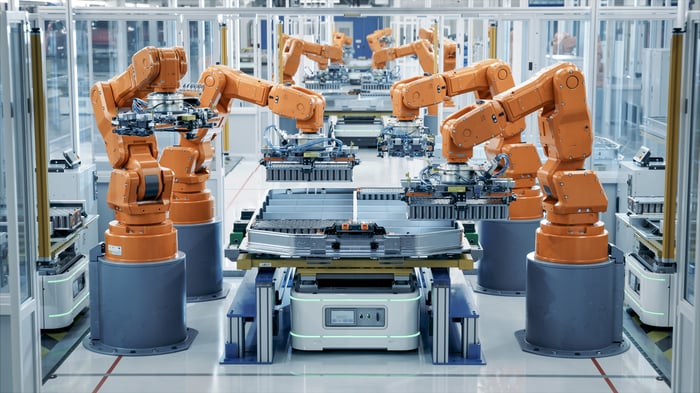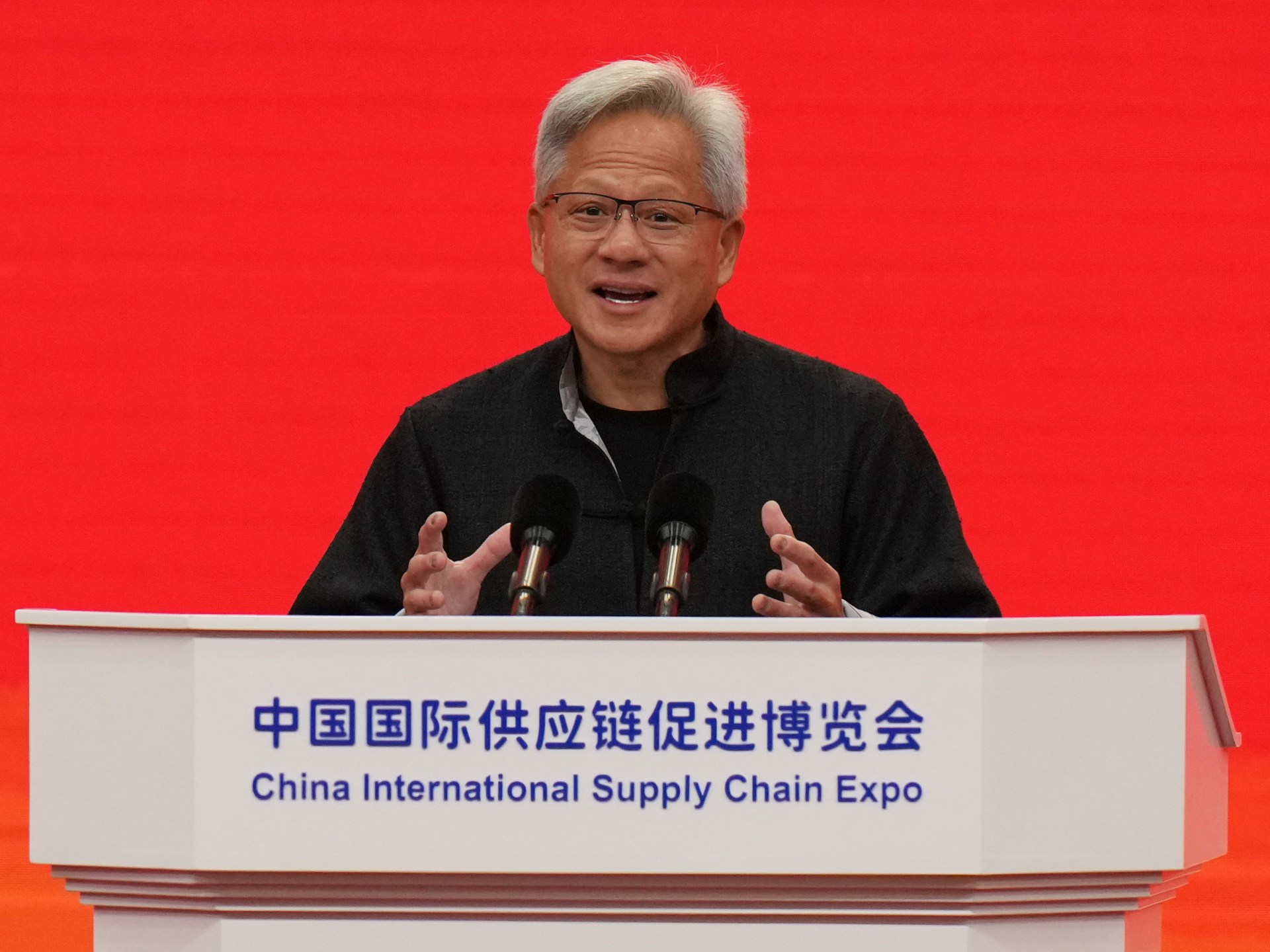Understanding This Quiet Yet Powerful Catalyst for Amazon Stock Is Key to the Bull Thesis (Hint: It’s Not AWS)
Investors have a lot to like.
Amazon (AMZN 0.57%) is best known for its e-commerce empire and its highly profitable cloud arm, Amazon Web Services (AWS). The tech giant’s shares have rallied over the last year, lifting the company’s market cap to more than $2.3 trillion as of this writing. That strength reflects solid execution across the business and optimism about the company’s growing role in artificial intelligence (AI). Yet one driver often takes the back seat to AWS: advertising.
Advertising is now a sizable, fast-growing revenue line that benefits from Amazon’s unmatched data, the shopping intent of visitors, and its expanding media footprint. Further, ad revenue accelerated again in Q2, and recent management commentary points to more opportunity ahead. Put simply, advertising is an important reason the long-term investment case remains compelling.
Image source: Getty Images.
Advertising momentum keeps building
Amazon’s advertising services revenue rose 23% year over year to about $15.7 billion in the second quarter of 2025 (22% growth excluding currency impacts). This followed 18% growth in the first quarter (19% excluding currency impacts), showing healthy acceleration as the year progresses. Drivers include more shopping activity, improved ad tools and measurement, the ongoing rollout of Prime Video ads, and connected-TV (CTV) partnerships that broaden where Amazon can serve ads. Notably, Amazon highlighted a June integration with Roku, with the partnership reaching an estimated 80 million U.S. households. The company’s push into CTV expands advertiser reach beyond retail search into high-engagement streaming, where advertisers are willing to pay more for ad spots.
Together with retail search, brand and display placements, and its demand-side platform (DSP), Amazon is deepening the ways it can match advertiser goals with shopper intent and authenticated audiences across its sprawling digital services. In other words, the company isn’t just selling placements; it is selling performance.
Why advertising is key to the bull case
Advertising represents high-margin revenue layered on top of Amazon’s massive retail and media ecosystem. While the company does not disclose ad margins, the economics are attractive and scale with traffic, selection, and relevance improvements.
Although management doesn’t provide specific commentary on its advertising margins, it often implies that they are key to the company’s profit growth story.
“Advertising remains an important contributor to profitability” in both its North America and international segments, said Amazon CFO Brian Olsavsky in the company’s most recent earnings call.
While Amazon does not break out operating income for advertising separately, the high-margin nature of the business is a meaningful tailwind for overall profitability in North America and internationally. AWS, of course, remains the largest profit center, generating $10.2 billion of operating income in the quarter, but advertising is an increasingly important profit contributor that diversifies and helps stabilize the overall business through cycles.
It’s also worth noting that Amazon’s capabilities in advertising are difficult for rivals to replicate, given the company’s scale. So it wouldn’t be surprising to see Amazon continue gaining market share in advertising for years to come.
But this part of Amazon’s business comes with risks. Ad budgets are cyclical, and privacy and regulatory changes can impact targeting and measurement. Additionally, competition from other large advertising platforms remains intense. Meanwhile, Amazon stock’s valuation already bakes in healthy growth across its businesses. With a market cap in excess of $2.3 trillion, trailing-12-month sales approaching $700 billion, and net income of $70.6 billion for the same period, shares trade at a premium that assumes steady execution. But advertising strengthens the case that Amazon can sustain double-digit top-line growth and rising profitability alongside AWS over time.
AWS may be the more important profit engine today, but advertising is a quiet force that is enhancing Amazon’s profit engine. The business benefits from Amazon’s data and distribution, adds higher-margin revenue to retail, and opens new monetization surfaces in streaming. For investors evaluating Amazon’s long-term return profile, understanding the momentum and durability of advertising — not just cloud — is key.
Daniel Sparks and his clients ahve no position in any of the stocks mentioned. The Motley Fool has positions in and recommends Amazon and Roku. The Motley Fool has a disclosure policy.


